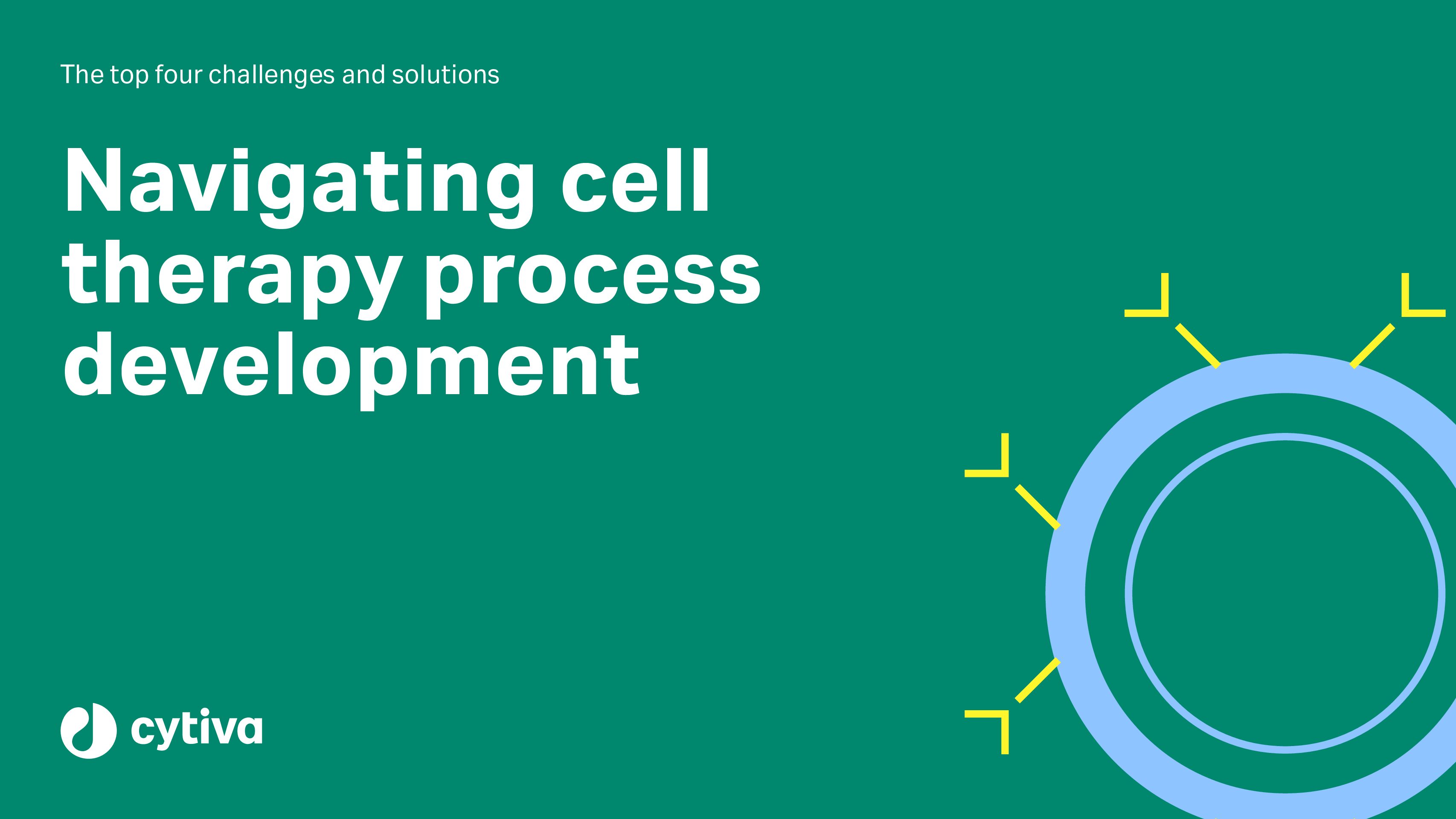

In February 2025, researchers at St Jude Children’s Research Hospital reported the first known in utero use of Roche’s spinal muscular atrophy (SMA) drug Evrysdi (risdiplam) in a human foetus.
The foetus was diagnosed with SMA type 1 through prenatal genetic testing, and treatment began during the final six weeks of gestation. Now, more than two years after birth, the child has shown no observable signs of SMA progression, based on clinical exams, nerve conduction studies, and biomarker testing.

Discover B2B Marketing That Performs
Combine business intelligence and editorial excellence to reach engaged professionals across 36 leading media platforms.
This Evrysdi case represents one of the few real-world examples emerging in the world of prenatal interventions for genetic conditions. Certain forms of the blood disorder alpha thalassemia have also been treated with in utero blood transfusions. There was also a recent report of enzyme replacement therapy for a foetus with Pompe disease, conducted by a team at the University of California, San Francisco (NCT04532047), while foetal (or fetal) surgery to repair spina bifida has been done for over 20 years.
Advances in diagnostics and more successful case studies mean that foetal gene therapy “is going to happen,” says Anna David, professor of obstetrics and Maternal Foetal Medicine at University College London, UK.
For the pharma industry, cases like this may influence when and how companies approach therapies for genetic diseases, including potentially curative gene therapies. It also introduces regulatory and ethical challenges around testing, safety, diagnosis, and trial design in the prenatal setting.
Proof of concept
The Evrysdi intervention was part of a single-patient investigational new drug (IND) application led by Richard Finkel and the Pediatric Translational Neuroscience Initiative at St Jude in Memphis, Tennessee. Evrysdi, already FDA-approved for postnatal use in SMA, was administered off-label.

US Tariffs are shifting - will you react or anticipate?
Don’t let policy changes catch you off guard. Stay proactive with real-time data and expert analysis.
By GlobalData“She’s doing remarkably well from an SMA point of view…we’re really not seeing any SMA activity,” says Finkel, referencing two years of follow-up on the child. While the child was later diagnosed with other abnormalities not linked to drug exposure, the absence of SMA-related symptoms is being closely studied.
St Jude elected not to try a Compassionate Use approach to study this, but instead pursued a formal research protocol. Finkel says the team spoke to Roche extensively, and the company supplied scientific data and the drug, but did not sponsor the trial.
While the St Jude case has generated clinical interest, the pharmaceutical industry’s appetite for prenatal therapy remains limited. Roche confirmed to this news service that it is not currently initiating studies or investigator-led programmes in the prenatal setting.
“While we are exploring the potential of prenatal risdiplam for foetal SMA treatment – an unapproved use currently—we are not presently initiating studies,” the company says.
Concerns are rooted in the risk of maternal-foetal complications, regulatory burden, and the legal implications of treating two patients—the mother and child—simultaneously. “Any obstetric interventions, companies are pretty terrified of getting involved,” says Simon Waddington, PhD, reader in Gene Transfer therapy at UCL. In the case of many gene therapies, patients who are treated as early as possible tend to have the best outcomes, adds Finkel. David agrees, saying: “So many of the drugs’ companies are reluctant to dip their toe in the water of the foetal approach. But of course, that’s probably where they’re likely to have the most benefit.”
Clinical trial challenges
Developing and trialling a therapy that will be given to a foetus in utero is a slow, costly, and complex process. David, who leads the EVERREST project at UCL, is working to trial a treatment for severe early-onset foetal growth restriction (FGR), a condition in which poor blood flow to the placenta leads to dangerously small and undernourished babies.
EVERREST’s approach involves injecting a gene therapy into the mother’s uterine arteries to deliver VEGF – a protein that stimulates blood vessel growth – with the goal of increasing placental blood supply and improving foetal growth.
But despite promising results in preclinical models, preparing for a clinical trial in humans has required years of work. Ethical, legal, and regulatory concerns add further delays. In contrast, clinical trials in areas like oncology or cardiology follow a well-trodden path. “Whereas, if you’re doing anything like a foetal approach… you are at the very beginning of the start line,” says David.
To begin, the EVERREST team first had to establish what the natural progression of severe FGR looked like without treatment – a process that took seven years of data collection, modelling, and staffing.
Still, progress has been made. The team has tested the therapy in human placentas and found no evidence of harm. They’ve also shown that it does not cross the placenta in animal models and does not affect the offspring, and are now seeking funding for a first-in-human clinical trial.
The diagnostics problem
One of the biggest obstacles to such in utero approaches is identifying who could benefit from treatment. According to Waddington, “The main difficulty is diagnosis… you’re not going to do a massive screen for every mutation of every gene.”
While non-invasive prenatal testing is becoming more common, it generally focuses on a narrow range of chromosomal conditions like Down syndrome. For rare genetic diseases, prenatal diagnosis often requires invasive procedures and is only considered when there’s a known family history of that condition. Even then, gene mutations don’t always result in disease.
Only a small number of conditions, like SMA type 1, are sometimes visible on ultrasound scans due to noticeably reduced foetal movement. While behavioural and diagnostic assessments are possible after birth, “In utero, you’re not going to be able to work out the motor function of a foetus very well,” says Waddington.
This diagnostic uncertainty makes it difficult to identify eligible candidates for foetal gene therapy and limits opportunities for intervention.
A changing diagnostic landscape
David argues that the outlook for foetal gene therapy is improving thanks to new, emerging tools for prenatal diagnosis. Techniques like non-invasive prenatal diagnosis (NIPD), which analyse foetal DNA in the mother’s bloodstream, are expanding the number of conditions that can be detected early and safely.
Case-by-case treatments are already emerging, such as in utero enzyme replacement therapy or gene therapy for conditions like osteogenesis imperfecta or X-linked hypohidrotic ectodermal dysplasia (XLHED). Over time, these could build momentum for wider clinical acceptance.
Designing the price for such in utero treatments is also challenging. David says the cost of invasive and lifelong medical interventions would be higher than an ultrasound-guided injection of some kind of gene therapy for some rare disorders. Yet conditions like FGR, pre-eclampsia, and preterm birth—all exclusively affecting pregnant women—qualify as orphan diseases due to their low prevalence. Given the scope, David says the lack of pharmaceutical engagement is puzzling. “It’s a surprise in some ways that the drug companies aren’t piling into the market.”
The path, however, remains difficult. Each new trial means educating regulators and drug companies about how to assess safety and efficacy in pregnancy. “Every time it’s an education,” says David.
Cell & Gene Therapy coverage on Pharmaceutical Technology is supported by Cytiva.
Editorial content is independently produced and follows the highest standards of journalistic integrity. Topic sponsors are not involved in the creation of editorial content.






